PPT-Hands On Speed Training Learn the Four Basic Concepts
Author : christina | Published Date : 2022-06-18
of Arduino in 45 Minutes Overview of Class Getting Started Installation and Applications Electrical Components Input and Output Analog and Digital 4 Basic
Presentation Embed Code
Download Presentation
Download Presentation The PPT/PDF document "Hands On Speed Training Learn the Four B..." is the property of its rightful owner. Permission is granted to download and print the materials on this website for personal, non-commercial use only, and to display it on your personal computer provided you do not modify the materials and that you retain all copyright notices contained in the materials. By downloading content from our website, you accept the terms of this agreement.
Hands On Speed Training Learn the Four Basic Concepts: Transcript
Download Rules Of Document
"Hands On Speed Training Learn the Four Basic Concepts"The content belongs to its owner. You may download and print it for personal use, without modification, and keep all copyright notices. By downloading, you agree to these terms.
Related Documents

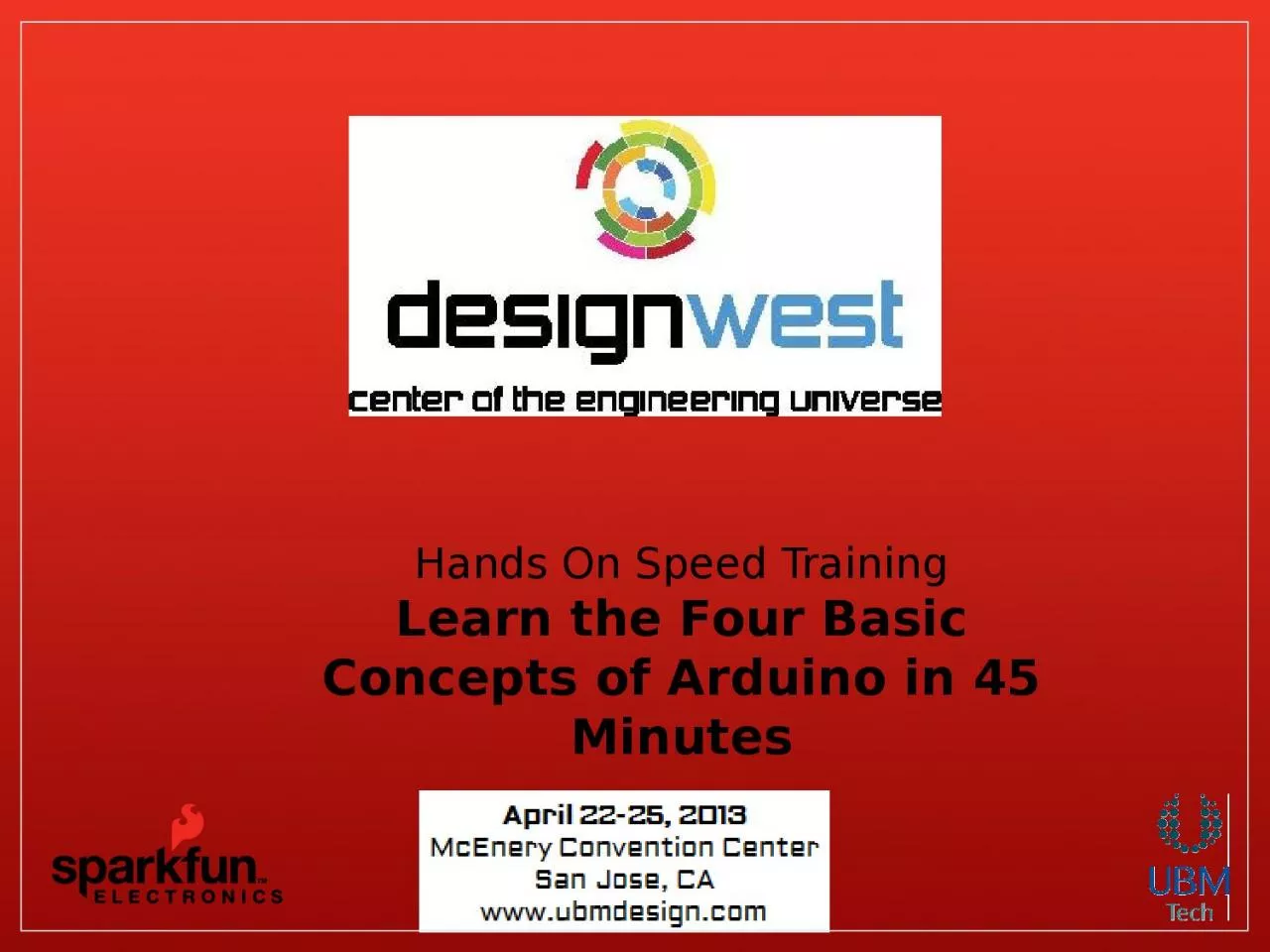
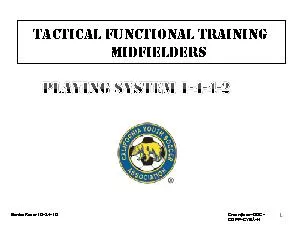



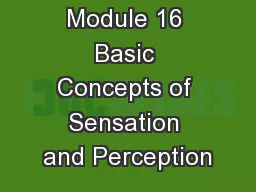


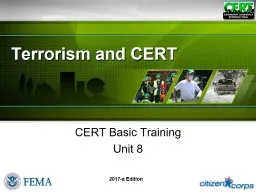
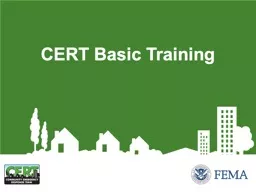
![[eBOOK]-Java: Learn Java in One Day and Learn It Well. Java for Beginners with Hands-on](https://thumbs.docslides.com/972442/ebook-java-learn-java-in-one-day-and-learn-it-well-java-for-beginners-with-hands-on-project-learn-coding-fast-with-hands-on-project.jpg)
![[PDF]-Learn C in One Day and Learn It Well: C for Beginners with Hands-on Project (Learn](https://thumbs.docslides.com/990951/pdf-learn-c-in-one-day-and-learn-it-well-c-for-beginners-with-hands-on-project-learn-coding-fast-with-hands-on-project.jpg)
![[PDF]-Learn C in One Day and Learn It Well: C for Beginners with Hands-on Project (Learn](https://thumbs.docslides.com/1001609/pdf-learn-c-in-one-day-and-learn-it-well-c-for-beginners-with-hands-on-project-learn-coding-fast-with-hands-on-project-6493fca425c5f.jpg)
